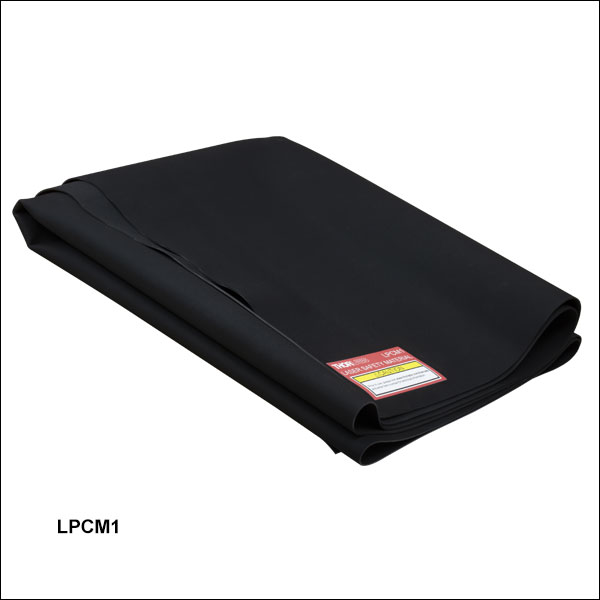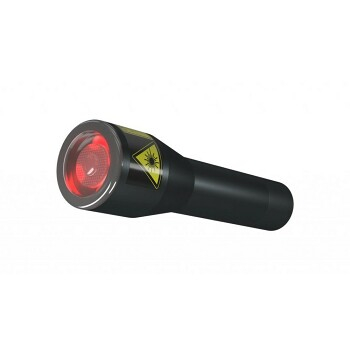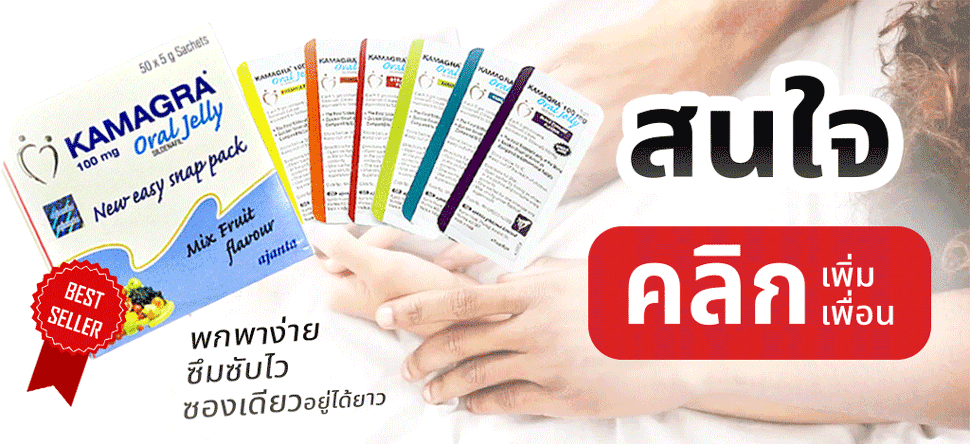What Are The Benefits Of A Safe Low-Level Treatment For Dental Issues? Low-level laser therapy (LLLT) is a solution to diverse dental issues by utilizing several mechanisms: Reduced Inflammation LLLT has anti-inflammatory effects through preventing the release of pro-inflammatory cells and encouraging the creation of anti-inflammatory mediators. LLLT is anti-inflammatory in the case of conditions such as gingivitis and periodontitis. This could lead to healthier gums.
LLLT can boost the rate of regeneration of tissues. It can stimulate cellular proliferation and metabolism. LLLT can be utilized in dental procedures including oral surgery and periodontal treatments to speed up healing of wounds and reduce discomfort following surgery.
Pain Relief - LLLT is a pain relief technique that can be used to alleviate post-operative discomfort and sensitivity.
Infection LLLT is antimicrobial and may help reduce bacterial burden in the oral cavity. It can be utilized as an adjunctive treatment in the treatment of oral diseases, such as oral ulcers or peri-implantitis, in order to promote bacterial clearance and preventing further spread of the infection.
Treatment of Temporomandibular-Joint (TMJ). LLLT can be used to reduce inflammation, muscle tension, and jaw discomfort. It also helps by reducing the sound of popping and clicking and limited movement.
Oral Mucositis Reduced- LLLT can decrease the severity of oral mucositis. Oral Mucositis occurs as an outcome of radiation and chemotherapy. It can be used to relieve pain and promote the healing process of lesions on the mouth.
Growth of Healthy Tissues - LLLT increases the growth of gingival fibroblasts. It also stimulates the growth of healthy tissues. This can be beneficial in treating gingival recessiveness, or encouraging the attachment and development of healthy gingival tissue to dental implants.
Overall, Safe Laser low-level laser therapy offers an effective, non-invasive, and drug-free solution to treating a range of dental problems that promotes speedier healing, pain relief, and improved dental health results. It is recommended to speak with a dentist for a proper diagnosis and treatment suggestion prior to making use of LLLT. Have a look at the top
safe laser 150 for site advice including lágylézer bérlés, lágylézer készülék bérlés, mozgásszervi problémák, lágylézer hatása, lézeres fájdalomcsillapítás, lágylézer készülék bérlés, laser kezelés, safe laser használata, lézer kezelés hatása, lágy lézer vélemények and more.
 What Is The Safe Laser's Role In Treating Ear, And Throat, Nose And Throat Issues?
What Is The Safe Laser's Role In Treating Ear, And Throat, Nose And Throat Issues? Secure Laser Low-Level Laser Therapy (LLLT) is a treatment that can assist with a variety of ENT (ear nose, throat) problems by several mechanisms. Reduced inflammation- LLLT's anti-inflammatory properties may help reduce swelling in tissues surrounding the ear and nasal area. This is beneficial for conditions like sinusitis or tonsillitis in which inflammation plays a role in symptoms like nasal obstruction, sore throat and the ear ache.
Pain Relief - LLLT helps relieve the pain of a sore throat, earache and sinus pressure.
Increased healing of tissues- LLLT promotes cellular growth and metabolism that leads to accelerated repair and regeneration of tissues. LLLT can aid in promoting quicker healing in ENT ailments, like Otitis media (middle ear infections) or the pharyngitis.
Improved Blood Circulation- LLLT improves vasodilation and microcirculation which results in an increase in flow of blood to the affected region. Improved blood flow can promote healing and reduce inflammation by increasing the amount of oxygen and nutrients.
LLLT is antimicrobial, and can reduce the number of viruses or bacteria in the nasal or throat passages. This is helpful in treating infections like tonsillitis and sinusitis.
Relief of Allergy Symptoms – LLLT helps reduce symptoms of allergic rhinitis, the hayfever and other allergies by reducing inflammation of the nasal passages and sinuses. This may result in less nasal congestion and the occurrence of sneezing.
Tinnitus treatment- LLLT treatment has been researched as a possible solution to Tinnitus. Tinnitus can be characterized as ringing, buzzing or humming in the ear. LLLT is believed to enhance blood circulation and decrease inflammation within the auditory systems, resulting in a reduction of the tinnitus.
Secure Laser low-level therapy is a non-invasive, drug-free way to manage problems with the throat and ear. It may provide relief from symptoms, and also speed up the healing process. Prior to using LLLT make sure you consult a specialist ENT for a diagnosis and advice on treatment. Check out the best
safe laser árak for more recommendations including laser lézer, lágylézer kezelés, safe laser használata, laser kezelés, mozgásszervi betegségek kezelése, lezeres kezeles, safe laser bérlés, lágylézeres készülék, lézer bérlés, orvosi lágylézer and more.
 How Long Does It Take For A Safe Laser Device To Take Effect On Wound Healing?
How Long Does It Take For A Safe Laser Device To Take Effect On Wound Healing? Safe Laser low level laser therapy is effective in repairing wounds, however the results will vary according to the extent and type of wound, and also the response of the patient to the treatment. Typically, a sequence of LLLT sessions for treatment is suggested over a period of time to ensure the best healing.
Type and severityThe severity and nature of the wound will determine the number of LLLT sessions needed. In certain instances, smaller and less serious wounds require less LLLT sessions than larger or more severe ones. Additionally those wounds that are chronic or have conditions that are underlying may require more sessions to ensure optimal healing.
The stage of wound healing can also affect the number of LLLT treatments required. Different treatment methods might be needed to treat different stages of wound repair, such as inflammation, proliferation and remodeling. LLLT is effective at every stage of healing helping to promote the repair of tissues and regenerative processes.
Individual Response to Treatment - factors like immune status, health, and healing capability can affect the way a patient reacts to LLLT. Certain people are more responsive to treatment, which results in quicker wound healing. Others may need longer therapy.
Treatment Protocol- The treatment procedure recommended by a medical professional plays a crucial role in determining the number and frequency of LLLT sessions to help heal wounds. Healthcare professionals may tailor the treatment plan according to individual requirements. This may include scheduling LLLT sessions over several weeks or over a longer period.
Some patients may notice improvements on their wounds after few LLLT treatments, while others may need more extensive treatment to get optimal results. To get the most out of LLLT treatment, you should adhere to the recommendations given by a medical professional. It is also essential to speak with a medical professional and keep track of the progress of the wound to ensure that the plan is implemented.
